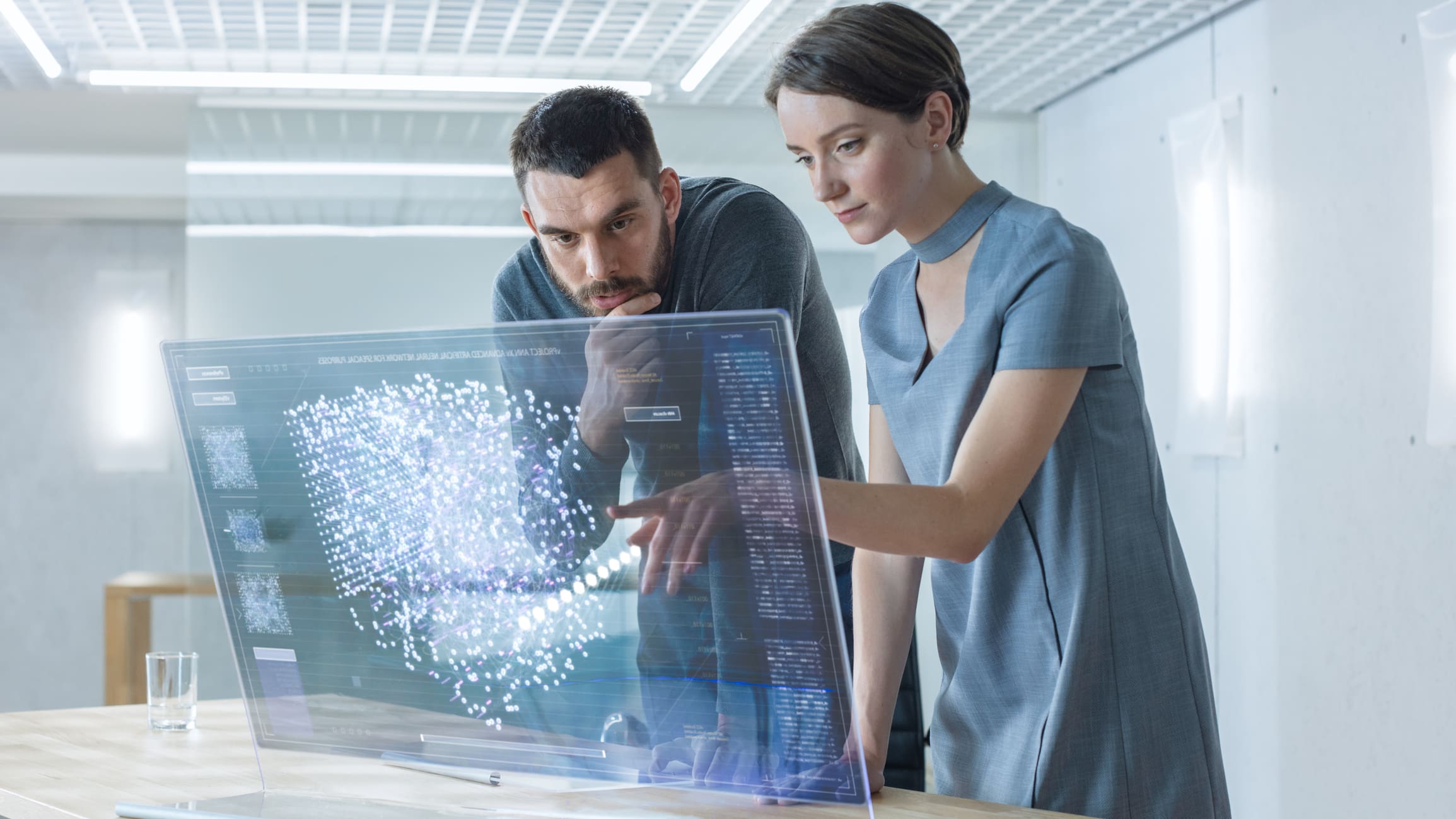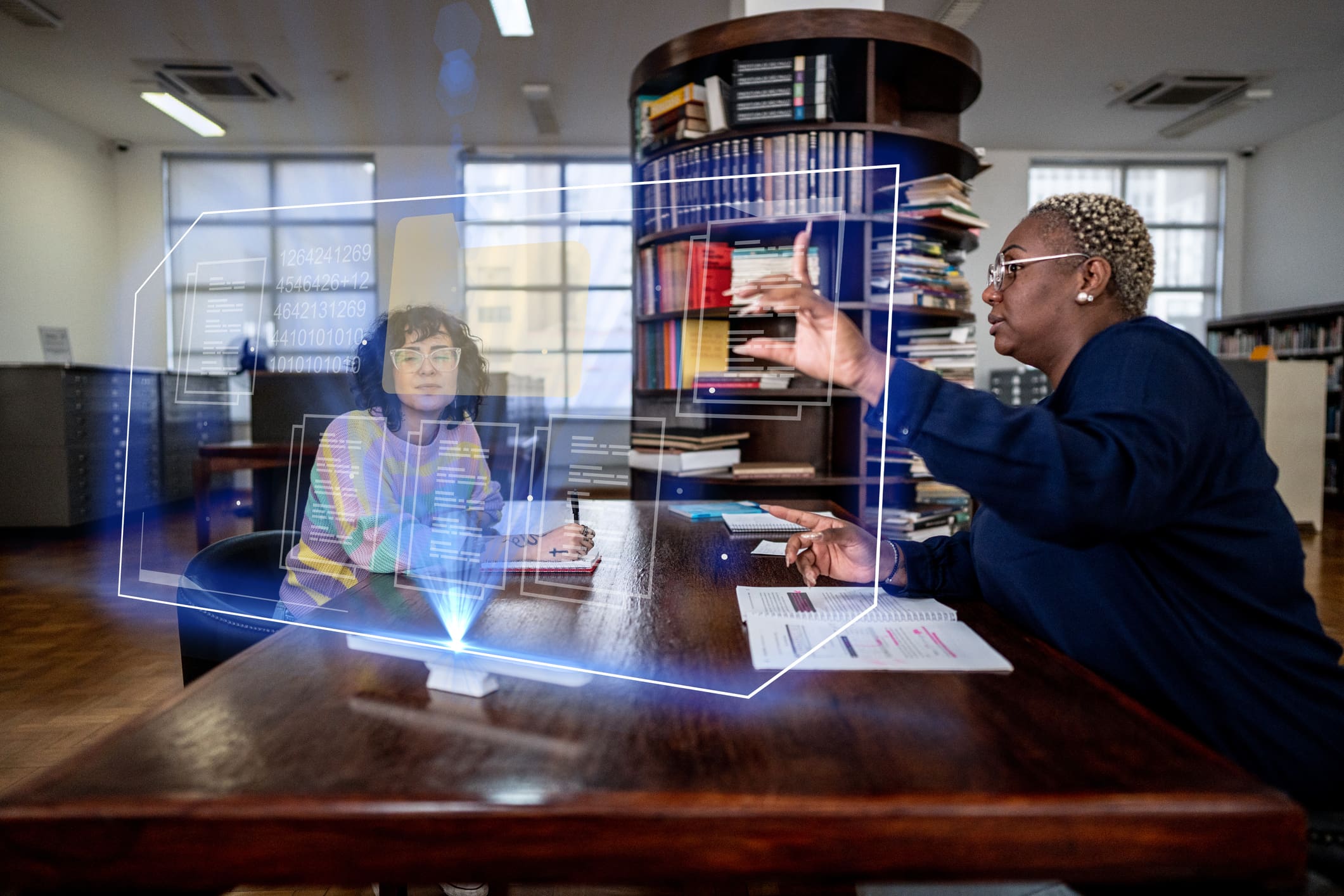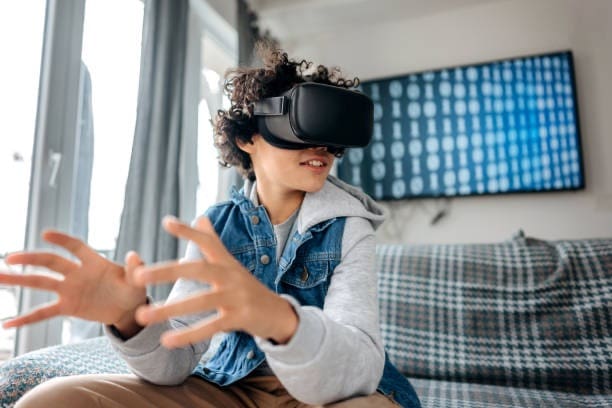
Spatial Computing in Education: Preparing for the Next Wave
In recent years, technology in education has evolved from supplementary tools to essential elements of the learning experience. Now, another shift is underway — spatial computing. Combining the capabilities of augmented reality (AR), virtual reality (VR), and mixed reality (MR), spatial computing allows users to interact with digital objects as if they were part of the real world.
For educators and school leaders, this emerging technology isn’t just another gadget on the horizon. It’s a paradigm shift that could redefine how students engage with content, collaborate with peers, and build skills for the future workforce.
What Is Spatial Computing?
Spatial computing bridges the gap between physical and digital experiences, allowing learners to manipulate 3D objects, move through immersive simulations, and collaborate in shared virtual spaces. Unlike traditional screen-based interaction, spatial computing leverages real-world context and movement — engaging multiple senses and creating more natural, intuitive learning experiences.
Think of it as the next stage after VR: not just viewing a historical battle in a headset, but walking through the battlefield, interacting with artifacts, and working alongside classmates (both in-person and remote) in real time.
Why It Matters for Education
The potential of spatial computing goes far beyond novelty. When integrated thoughtfully, it can unlock educational benefits that address long-standing challenges in K-12 and higher education.
-
Deeper Engagement & Retention
Learning becomes active rather than passive. Students can step inside a cell to see organelles in action, explore the architectural wonders of ancient civilizations, or manipulate a molecule’s atomic structure in 3D. These experiences engage visual, auditory, and kinesthetic learners simultaneously, which research suggests leads to better knowledge retention. -
Breaking Down Barriers to Access
Field trips and hands-on labs can be costly, time-consuming, or limited by location. Spatial computing opens the door to high-quality, real-world simulations that give all students equal access to rare or otherwise impossible experiences — whether that’s conducting experiments in a virtual chemistry lab or walking the Great Wall of China. -
Inclusive Learning Environments
With customization options like adjustable text size, audio narration, or sensory-friendly settings, spatial experiences can be tailored to different learning needs, making education more inclusive for students with disabilities or language barriers. -
Collaboration Without Geographic Limits
Students can connect and collaborate with peers worldwide in shared digital spaces — co-creating projects, solving problems, and learning cultural perspectives in ways that go far beyond a video call. -
Alignment With Future Workforce Skills
Careers in fields such as engineering, medicine, architecture, manufacturing, and even creative industries are already leveraging spatial computing. Early exposure prepares students for the tools and problem-solving approaches they’ll encounter in the workplace.
Preparing for the Next Wave
While the promise of spatial computing is exciting, adopting it successfully requires intentional, strategic preparation. Schools that plan ahead will avoid the pitfalls of tech fatigue and maximize long-term impact.
-
Infrastructure Readiness
Evaluate your school’s Wi-Fi capacity, bandwidth, and device compatibility. Immersive experiences require low latency and high performance — an underpowered network can frustrate teachers and students alike. Consider creating dedicated spaces designed for spatial learning, from VR labs to mobile “pop-up” immersive stations. -
Professional Development as a Priority
The most sophisticated technology will fall flat if teachers aren’t confident using it. Invest in hands-on, ongoing professional development where educators not only learn the technical skills but also explore lesson planning strategies, classroom management in immersive spaces, and creative ways to connect spatial tools to learning objectives. -
Curriculum Alignment & Integration
Technology should serve pedagogy, not the other way around. Begin with pilot programs in subjects where spatial computing can provide a clear advantage — STEM subjects, history, and career/technical education are common entry points. Map experiences to learning standards so adoption is seamless rather than an “add-on.” -
Equity & Access Strategies
Plan from the start to make spatial computing accessible to all students. This may mean investing in device-sharing programs, building rotation schedules, or selecting cloud-based spatial platforms that run on lower-cost devices without sacrificing quality. -
Safety, Privacy, & Policy
Establish clear guidelines for how students will engage in spatial environments, especially if they are collaborative or connected to the internet. Ensure all platforms comply with student data privacy regulations, and consider content moderation strategies for shared spaces. -
Stakeholder Communication & Buy-In
Early and transparent communication with parents, school boards, and the community can build trust and excitement. Showcase pilot projects, share student testimonials, and invite stakeholders to experience the technology firsthand.
Early Adopters: Case Studies in Action
While spatial computing adoption in education is still emerging, several pioneering schools and districts are already experimenting with its possibilities:
-
Miami-Dade County Public Schools (FL)
As one of the largest districts in the U.S., Miami-Dade introduced immersive VR and AR labs in select STEM magnet programs. Students now use spatial tools to conduct virtual dissections, simulate engineering projects, and collaborate with peers in other states on joint science experiments. -
Cornwall College (UK)
This vocational college integrated spatial computing into its construction and architecture programs. Students can walk through 3D blueprints, identify design flaws before building, and collaborate with industry professionals in virtual workspaces — developing job-ready skills in the process. -
Riverside Unified School District (CA)
The district launched a pilot program to bring VR-based history lessons into middle school classrooms. Students “walked” through ancient Rome, explored the Colosseum, and even interacted with AI-driven historical figures to deepen their understanding of social and cultural contexts. -
Optima Partner Schools
In partner schools using Optima’s immersive learning platform, students have explored over 200 virtual locations — from the Great Barrier Reef to the International Space Station. Teachers report higher engagement, stronger retention of concepts, and increased student-led curiosity.
These examples show that with thoughtful planning, spatial computing can be more than just a novelty — it can become a transformative tool for improving learning outcomes and preparing students for a rapidly evolving future.
The Road Ahead
Spatial computing in education is still in its early days, but the trajectory is clear. Just as laptops and interactive whiteboards transformed classrooms over the past two decades, spatial tools are poised to shape the next era of learning.
Forward-looking schools that prepare now will not only keep pace with innovation but also equip students with skills that extend far beyond the classroom — building a foundation for both academic and career success.





